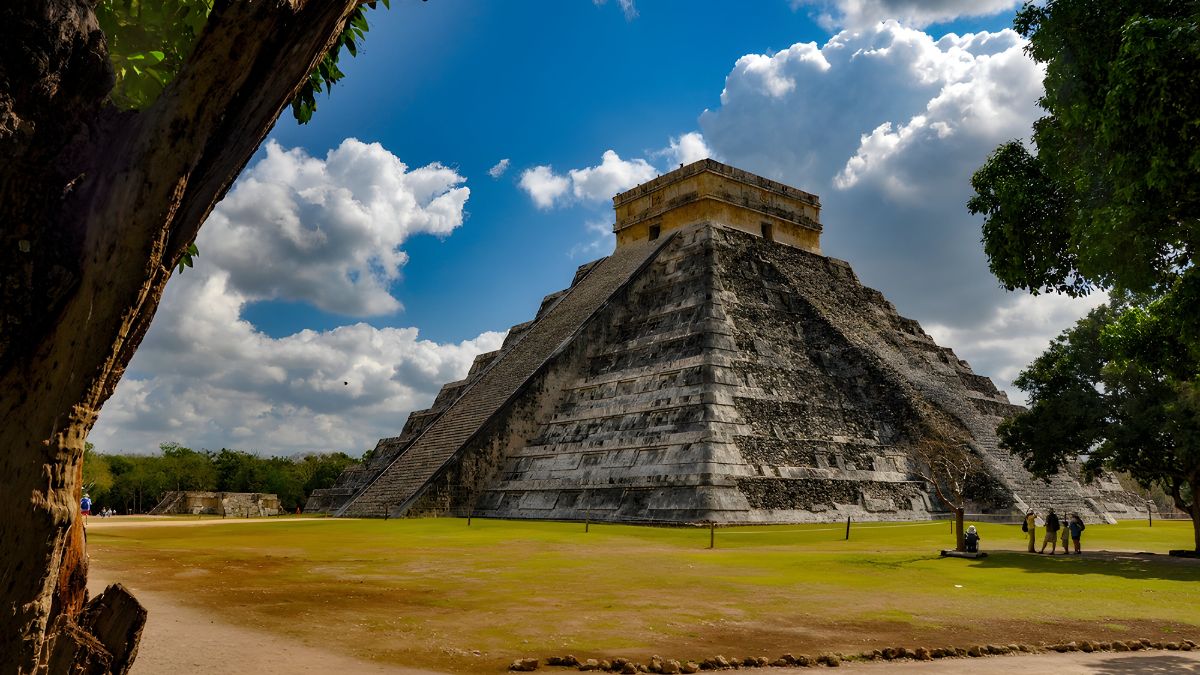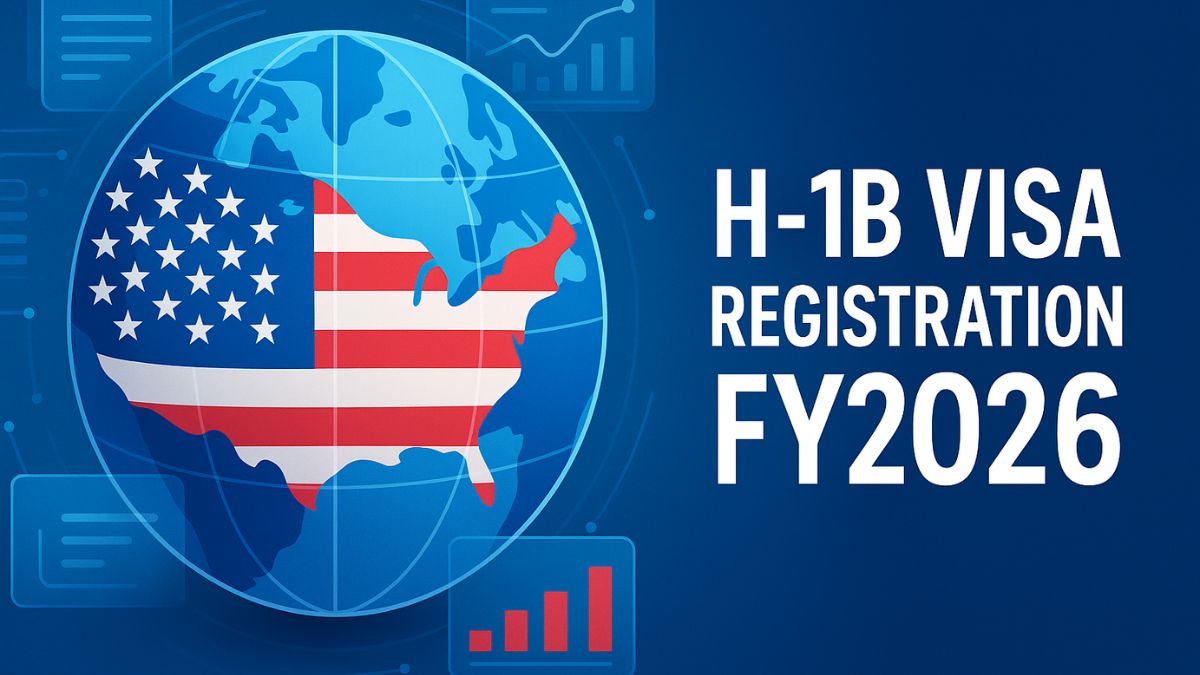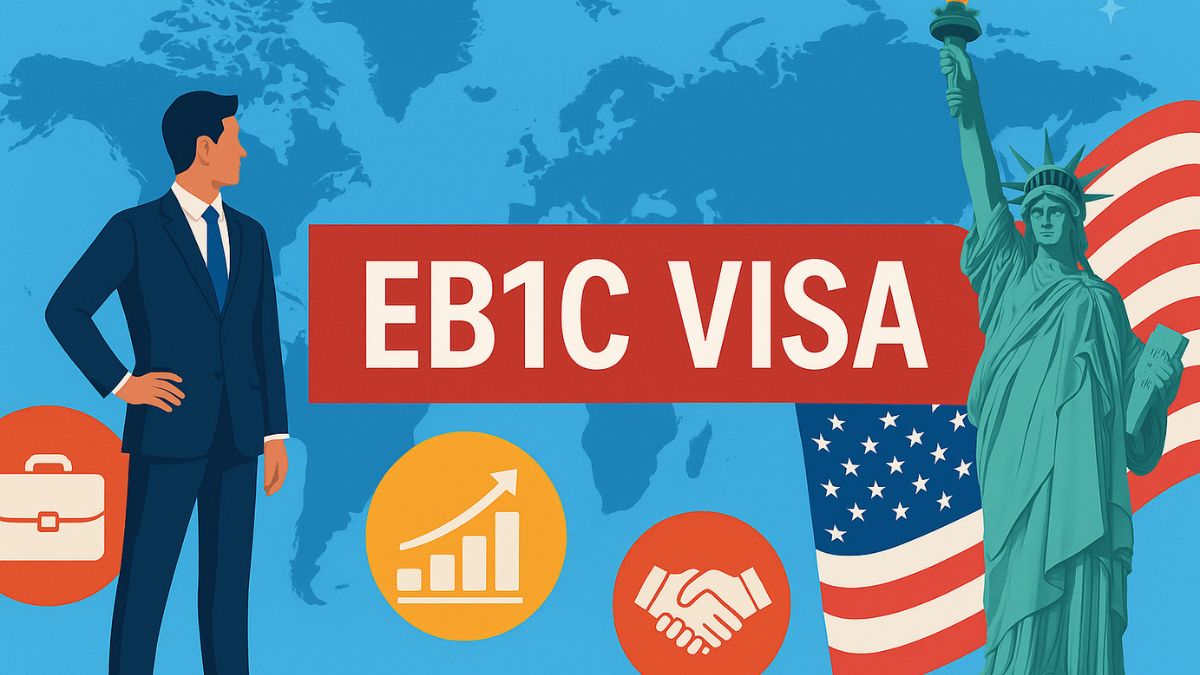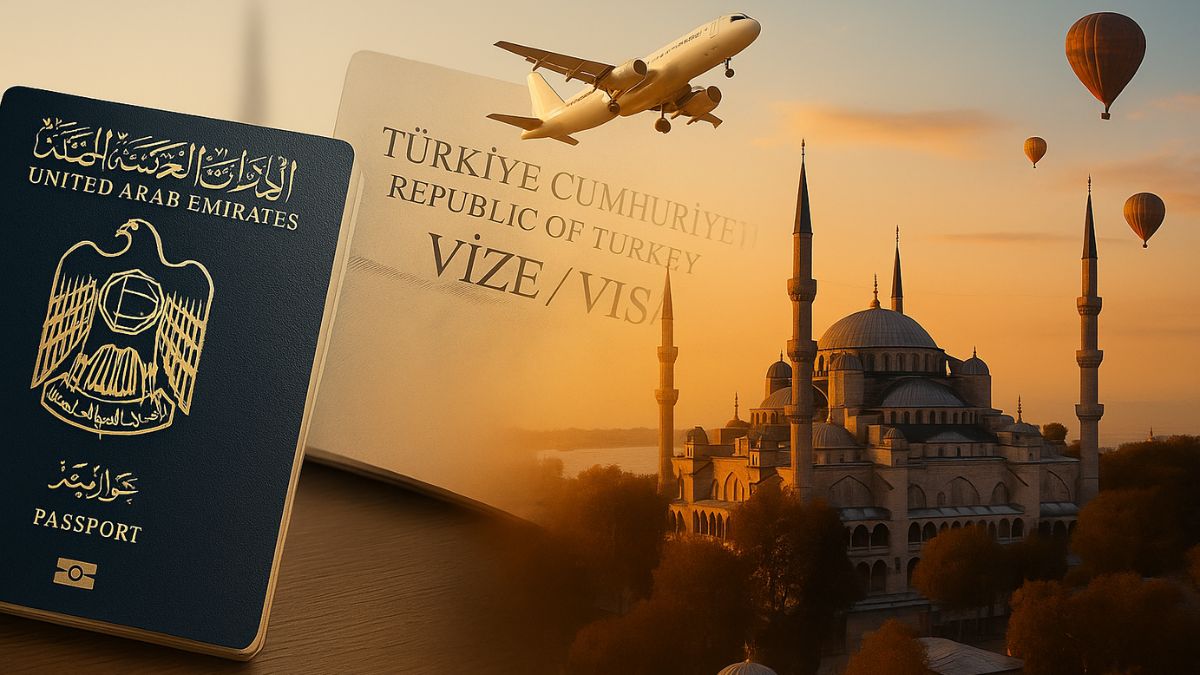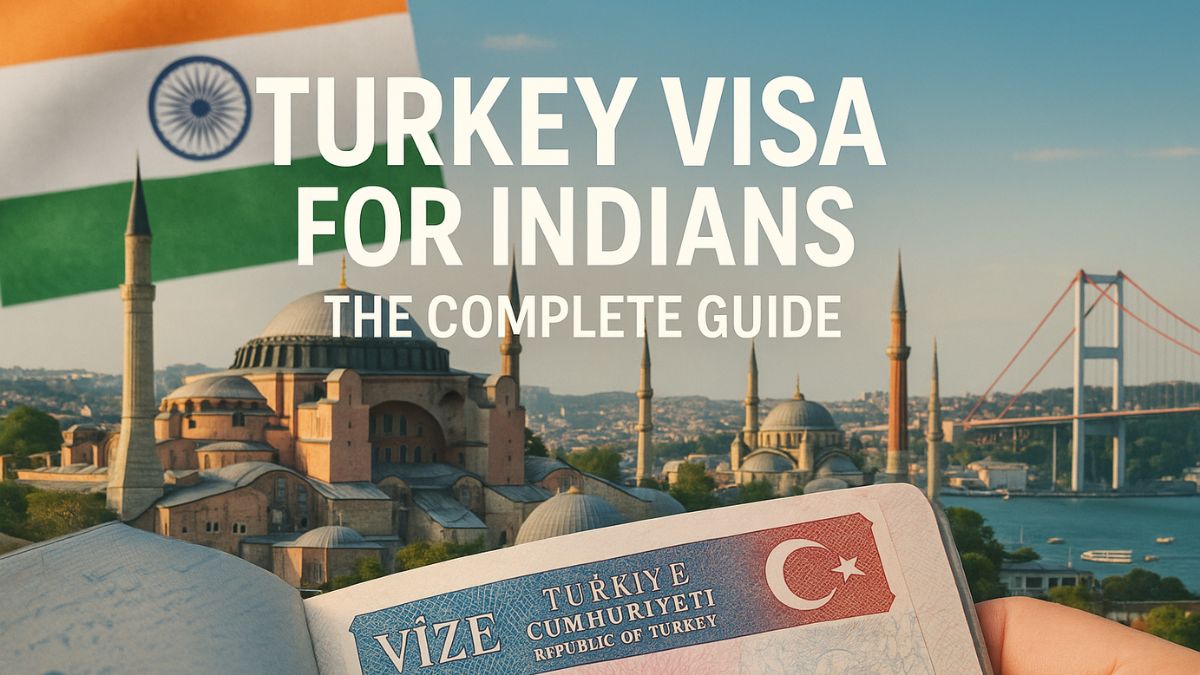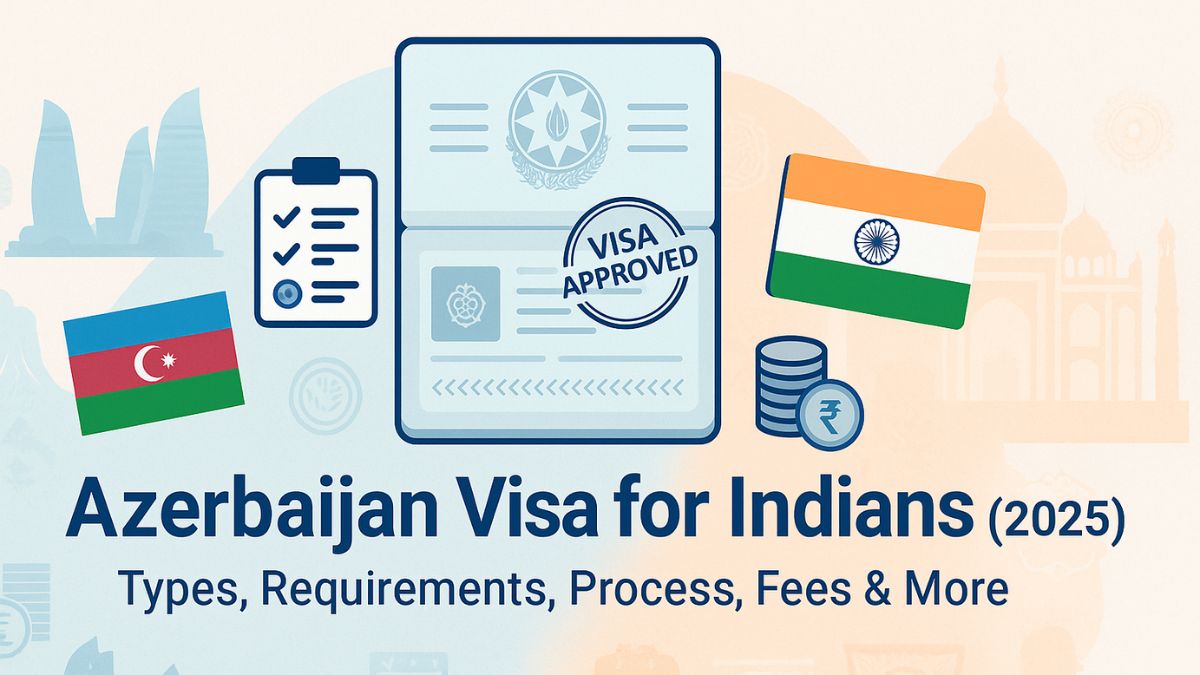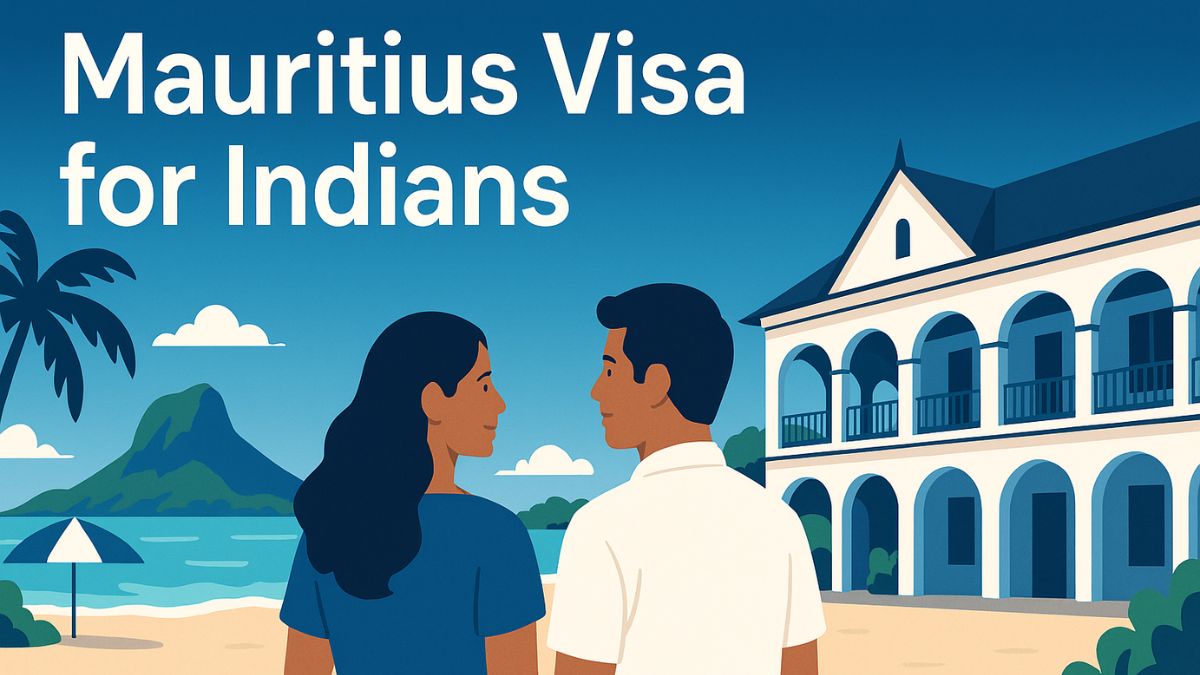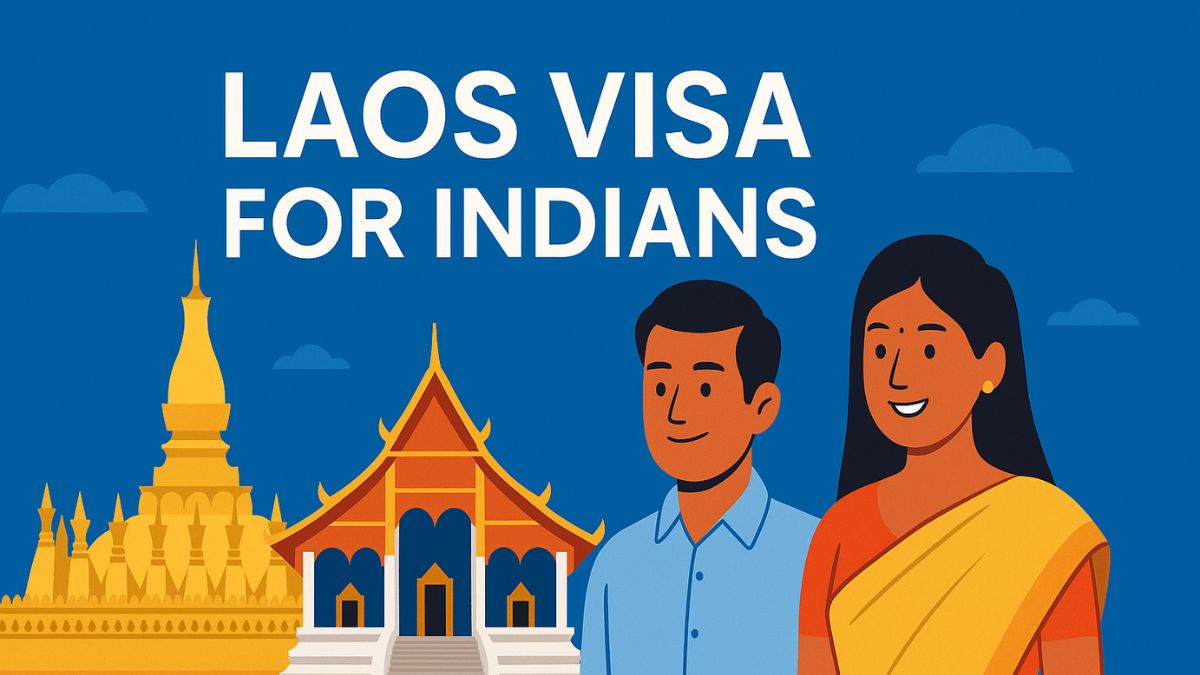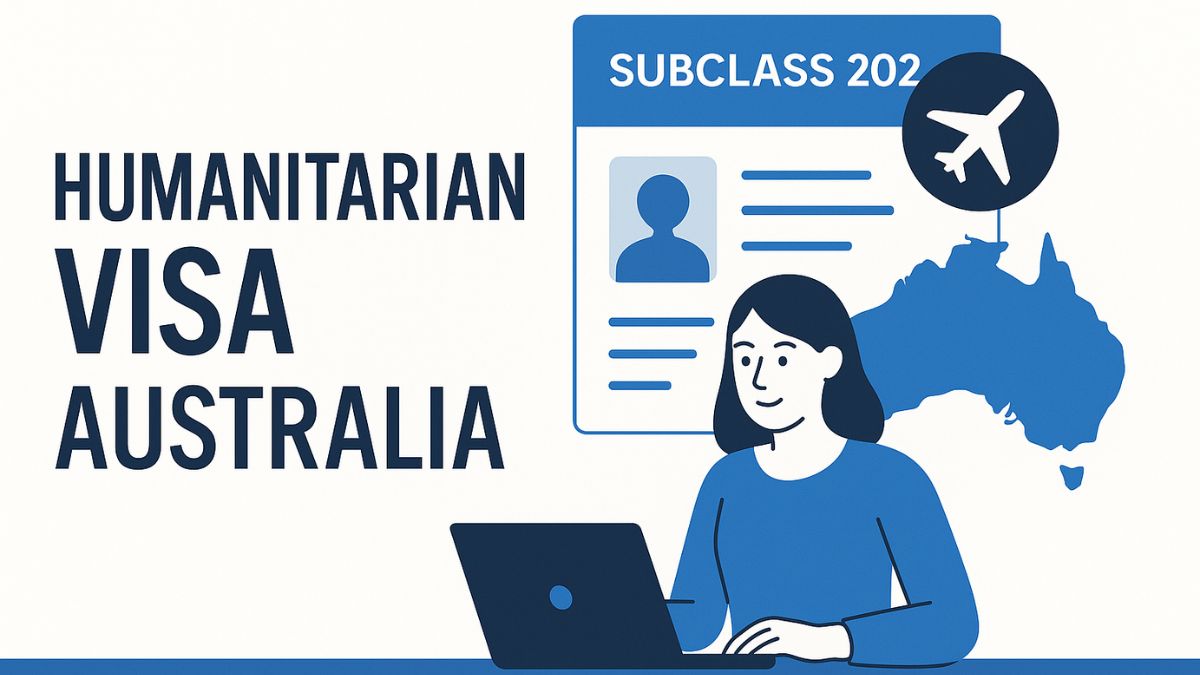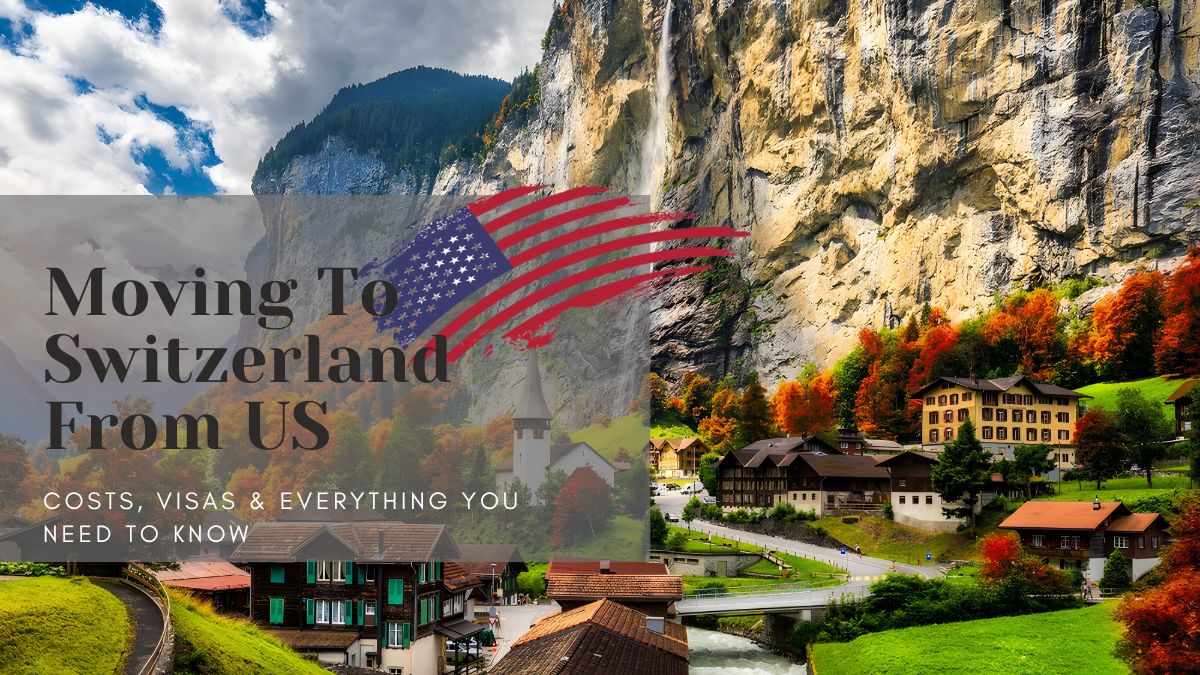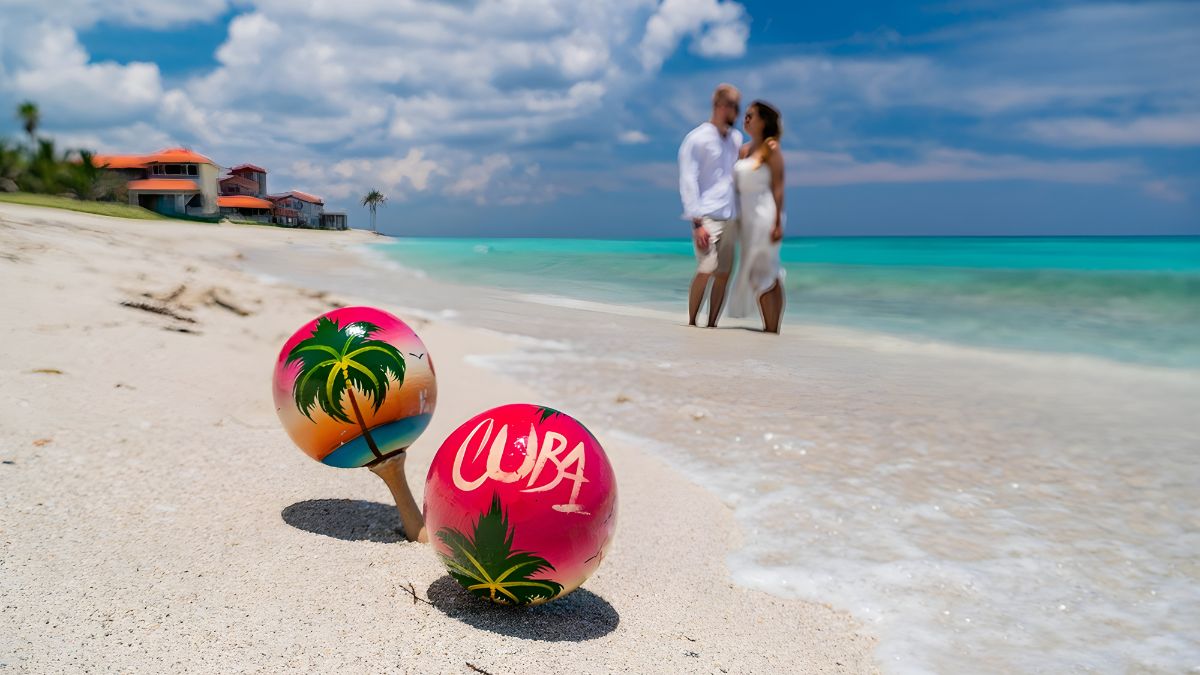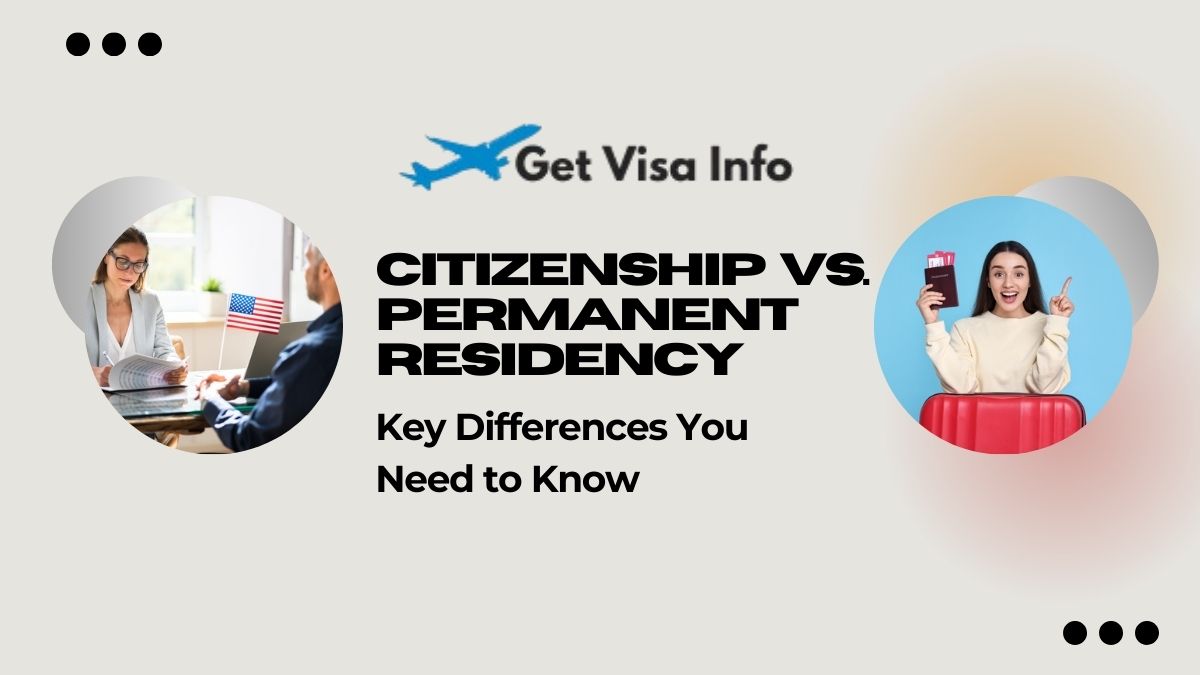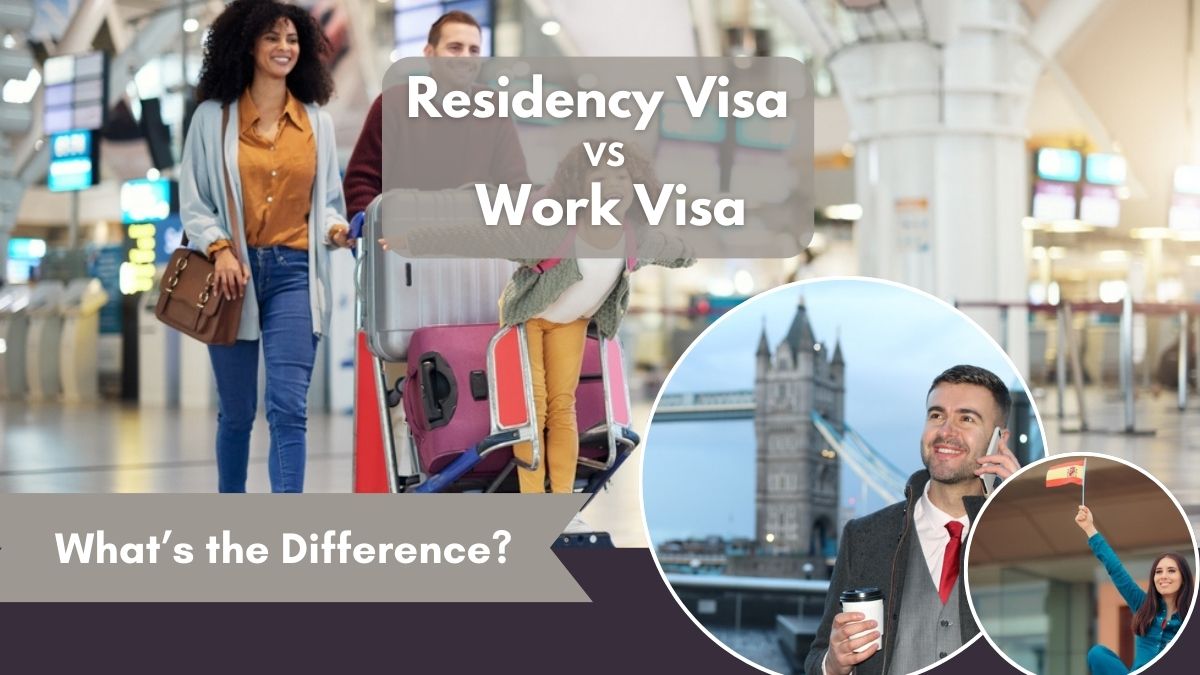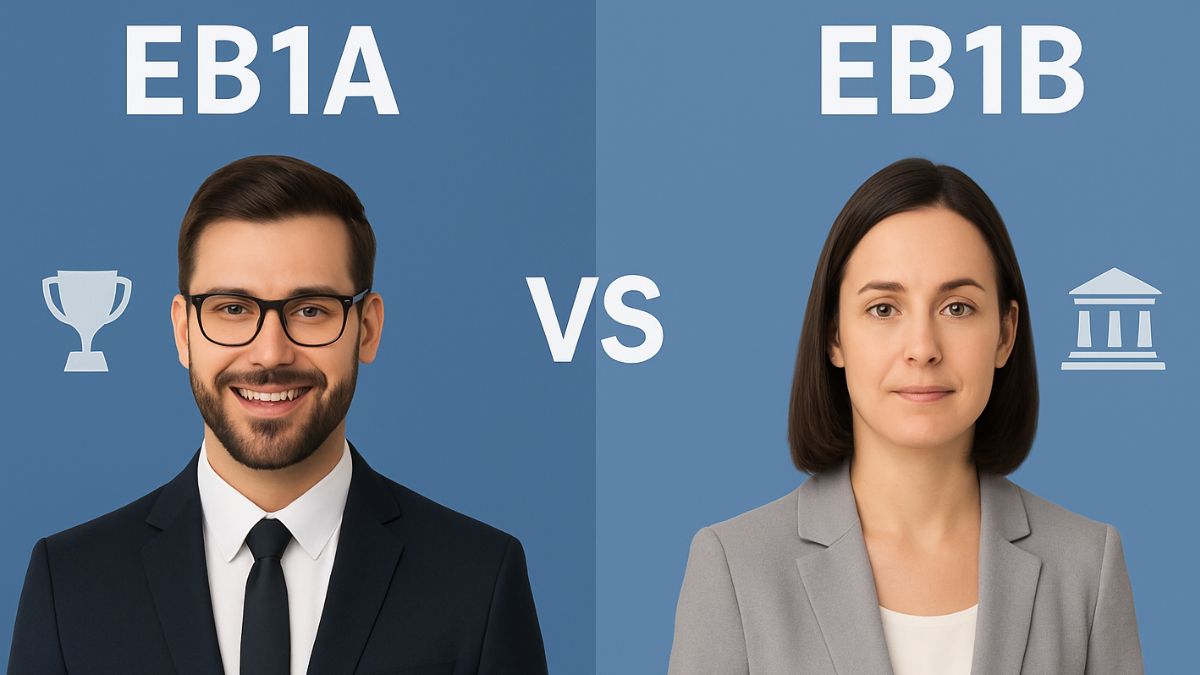
- May 26, 2025
- Heisenberg
- 0
Thinking about moving to the United States permanently? You’re not alone. For highly accomplished professionals—especially researchers, professors, scientists, artists, and business minds—the EB-1 visa category offers a promising fast track to a U.S. green card. But when it comes to choosing the right pathway, many find themselves stuck between two options: EB1A vs EB1B.
And it’s not just a matter of ticking boxes. These two immigration categories, while similar on the surface, are designed for different types of achievements, career paths, and employment situations.
Let’s be real: figuring out U.S. immigration rules can feel like learning a new language—one filled with acronyms, criteria, and legal jargon. But don’t worry. In this post, we’ll break it all down in plain English. We’ll walk you through the key differences between EB1A and EB1B, help you understand which one might be right for you, and even touch on other types of work visas so you have the full picture.
So whether you’re a Nobel Prize-winning physicist or a tenured professor with groundbreaking research, keep reading. This might just be the guide that clears the fog.
Understanding EB1A and EB1B
The EB-1 visa category is designed for “priority workers” and is divided into three subcategories:
- EB1A: For individuals with extraordinary abilities in sciences, arts, education, business, or athletics.
- EB1B: For outstanding professors and researchers.
- EB1C: For multinational managers and executives.
Our focus here is on EB1A and EB1B.
EB1A: Extraordinary Ability
The EB1A visa is tailored for individuals who have demonstrated extraordinary ability in their field, evidenced by sustained national or international acclaim. Notably, this category allows for self-petitioning, meaning applicants do not require a job offer or employer sponsorship.
Key Features:
- Self-Petitioning: Applicants can file Form I-140 independently, without an employer’s involvement.
- No Job Offer Required: There’s no need for a U.S. job offer or labor certification.
- High Standard of Proof: Applicants must meet at least three of ten criteria set by USCIS, such as receiving major awards, membership in associations requiring outstanding achievements, or authorship of scholarly articles.
This pathway is ideal for individuals who have reached the pinnacle of their field and wish to continue their work in the U.S.
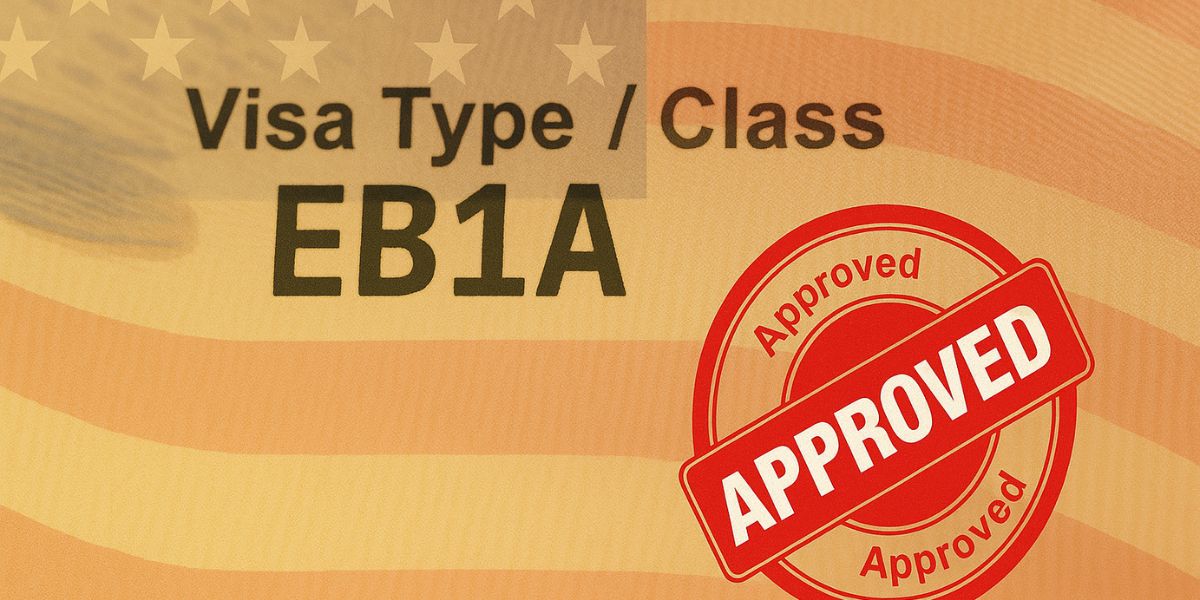
EB1B: Outstanding Professors and Researchers
The EB1B visa is specifically designed for professors and researchers who have achieved international recognition in their academic fields. Unlike EB1A, this category requires a job offer from a U.S. employer.
Key Features:
- Employer Sponsorship: Applicants must have a permanent job offer from a U.S. university or research institution.
- Experience Requirement: A minimum of three years of teaching or research experience in the relevant academic field is mandatory.
- Evidence of Recognition: Applicants must provide documentation of at least two of six criteria, such as receipt of major awards, membership in associations requiring outstanding achievements, or authorship of scholarly books or articles.
This route is suitable for academics with a solid track record and a secured position in the U.S.

Comparing EB1A vs EB1B
| Aspect | EB1A | EB1B |
| Eligibility | Individuals with extraordinary ability in sciences, arts, education, business, or athletics. | Outstanding professors and researchers with international recognition. |
| Job Offer Requirement | Not required. | Required from a U.S. employer. |
| Self-Petitioning | Allowed. | Not allowed; employer must petition. |
| Experience Requirement | No specific duration required. | Minimum of three years in teaching or research. |
| Evidence Criteria | Meet at least 3 of 10 USCIS criteria. | Meet at least 2 of 6 USCIS criteria. |
| Processing Time | Similar to EB1B; premium processing available. | Similar to EB1A; premium processing available. |
Choosing Between EB1A and EB1B
The decision between EB1A and EB1B hinges on your professional background and current circumstances:
- EB1A is suitable if:
- You have achieved extraordinary acclaim in your field.
- You prefer to self-petition without relying on an employer.
- You do not have a current job offer in the U.S.
- EB1B is appropriate if:
- You are an academic with significant research or teaching experience.
- You have a permanent job offer from a U.S. institution.
- You can provide evidence of international recognition in your academic field.
Assessing your qualifications against the criteria for each category will guide you to the most suitable option.
Wrapping It Up
At the end of the day, choosing between EB1A vs EB1B isn’t just about qualifications—it’s about where you are in your career, whether you’ve got a U.S. job lined up, and how much documentation you can gather to prove your brilliance to immigration officers.
If you’re someone who thrives independently and already has international acclaim in your field, EB1A might be your best bet. On the other hand, if you’ve built a solid academic track record and have a university or research institution ready to back your application, EB1B could be the smoother path.
Whichever route you choose, one thing’s certain: both are elite categories designed for exceptional people doing exceptional things. And if that sounds like you, you’re already halfway there.
Want more helpful info about visas, immigration processes, travel tips, and even a sprinkle of food and lifestyle content? Head over to Get Visa Info. We’re here to make complex things simpler—one blog post at a time.

